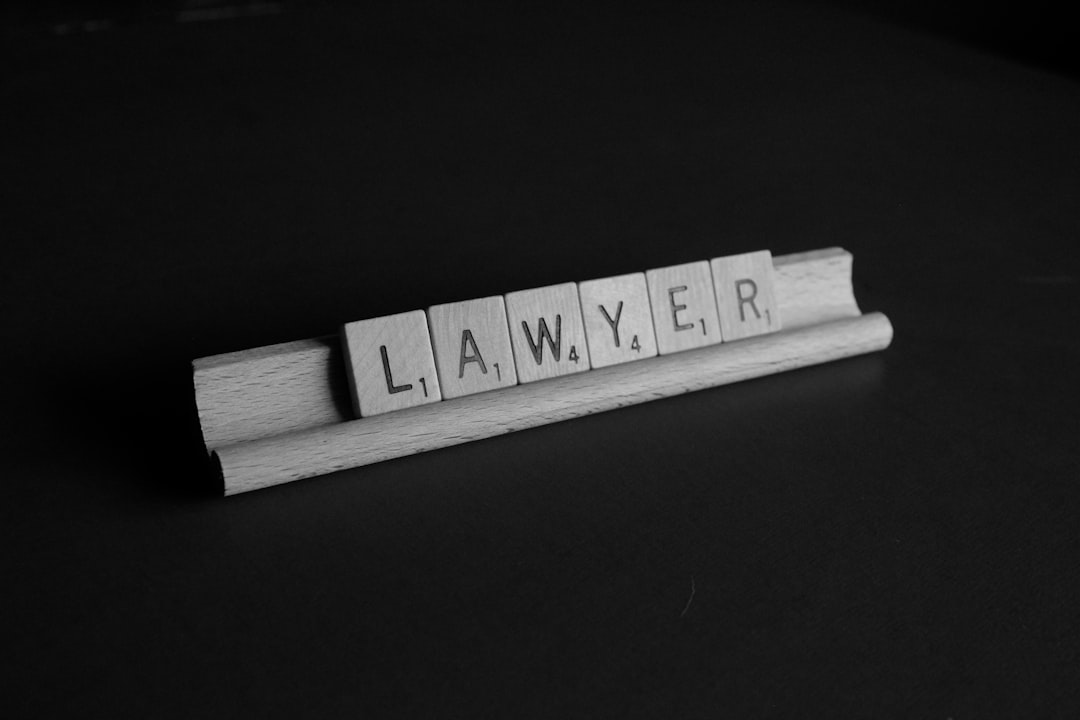
Traversing the complex realm of civil litigation proves to be a challenging endeavor, particularly when deciphering the myriad types of damages that can be sought in a legal dispute. Whether entangled in a legal conflict or merely seeking a deeper comprehension of the legal terrain, this article is your compass through the intricacies of damages in civil litigations.
In the realm of civil litigation, claims serve as the foundational elements of a case. They represent assertions by the plaintiff against the defendant, aiming to secure relief or compensation for a perceived injury. Here are some common types of claims you may encounter:
In cases involving contractual disputes, one party may allege a breach of contract. This occurs when one party fails to fulfill the terms and conditions specified in the agreement, leading to financial losses or other damages for the aggrieved party.
On the flip side, tort claims center on civil wrongs that inflict harm upon an individual or their property. Instances encompass negligence, intentional infliction of emotional distress, and defamation. In these instances, the emphasis is on the actions of the defendant and their repercussions on the plaintiff.
Property claims arise when there is a dispute over ownership, possession, or use of real or personal property. These cases often involve issues such as boundary disputes, easements, or landlord-tenant disagreements.
After establishing a claim, the subsequent crucial aspect in civil litigation involves the assessment and determination of damages. These damages serve as the monetary compensation awarded to the plaintiff to redress the harm they have endured. Let’s explore the two primary categories of damages in depth: compensatory and nominal.
The primary objective of civil litigation compensatory damages is to reimburse the plaintiff for the tangible losses resulting from the actions of the defendant. These damages are further divided into two subcategories:
Special damages, also known as economic or consequential damages, are quantifiable monetary losses directly resulting from the defendant’s actions. This can include medical expenses, property damage, or loss of income. Special damages are specific and can be easily calculated.
General damages, often referred to as non-economic damages, are more intangible losses that are challenging to quantify. Included in this category are pain and suffering, emotional distress, and loss of consortium. In contrast to special damages, general damages necessitate subjective assessments and may exhibit variations from one case to another.
In some civil litigation cases, the plaintiff may be awarded nominal damages, even if they haven’t suffered significant financial losses.
Nominal damages are symbolic in nature and are typically a small amount, often as little as one dollar. Their awarding stems from the recognition that the plaintiff’s legal rights were violated, although no significant harm befell them. Their symbolic function lies in underscoring the court’s acknowledgment of the plaintiff’s rights. While the financial award may be minimal, the acknowledgment of the violation can be crucial in certain legal contexts.
Determining the appropriate amount of damages in a civil litigation case involves a meticulous evaluation of the evidence presented. Courts aim to provide fair compensation to the injured party without unjustly enriching them. Several factors come under consideration when computing damages:
An examination by the courts revolves around establishing a direct link between the actions of the defendant and the harm endured by the plaintiff. Proximate cause serves as the linchpin in establishing a reasonable connection between the purported wrongful conduct and the consequential damages.
After an incident, plaintiffs are typically expected to undertake reasonable measures to minimize their losses. A failure to do so might have repercussions on the extent of compensation awarded. Courts consider whether the plaintiff made efforts to mitigate their damages and acted reasonably in the aftermath of the alleged harm.
Foreseeability involves assessing whether the harm suffered by the plaintiff was a foreseeable consequence of the defendant’s actions. If the harm was reasonably foreseeable, it strengthens the plaintiff’s case for claiming damages.
At the heart of legal redress lie civil litigation damages, providing individuals with a means to seek compensation for wrongs perpetrated against them. Whether enmeshed in a legal conflict or simply intrigued by the complexities of civil litigation, a comprehensive understanding of claims and damages proves indispensable. Ranging from contractual and tort claims to compensatory and nominal damages, this exploration of the legal landscape empowers you with invaluable insights to confidently traverse the complexities of civil litigation.
 The Role of a Tax Resolution Attorney in Addressing Tax Problems
The Role of a Tax Resolution Attorney in Addressing Tax Problems